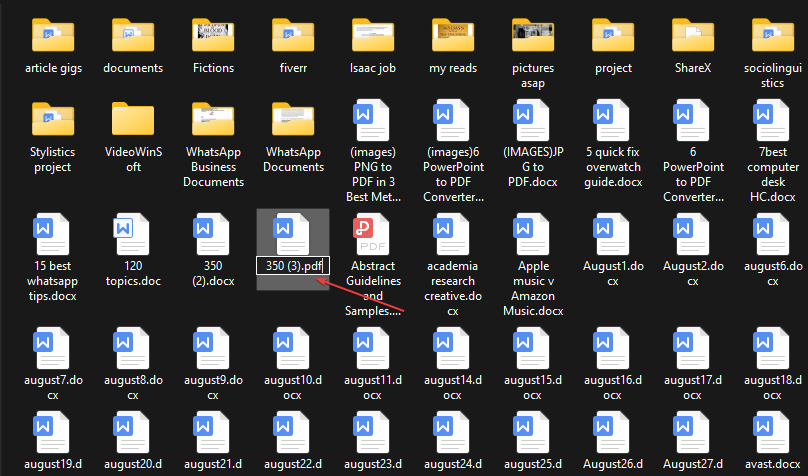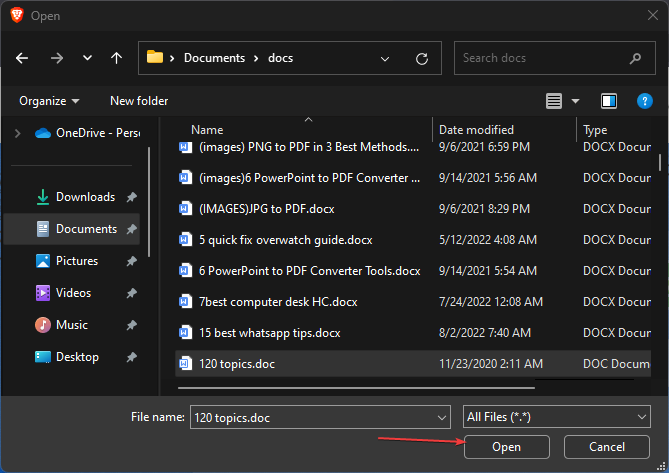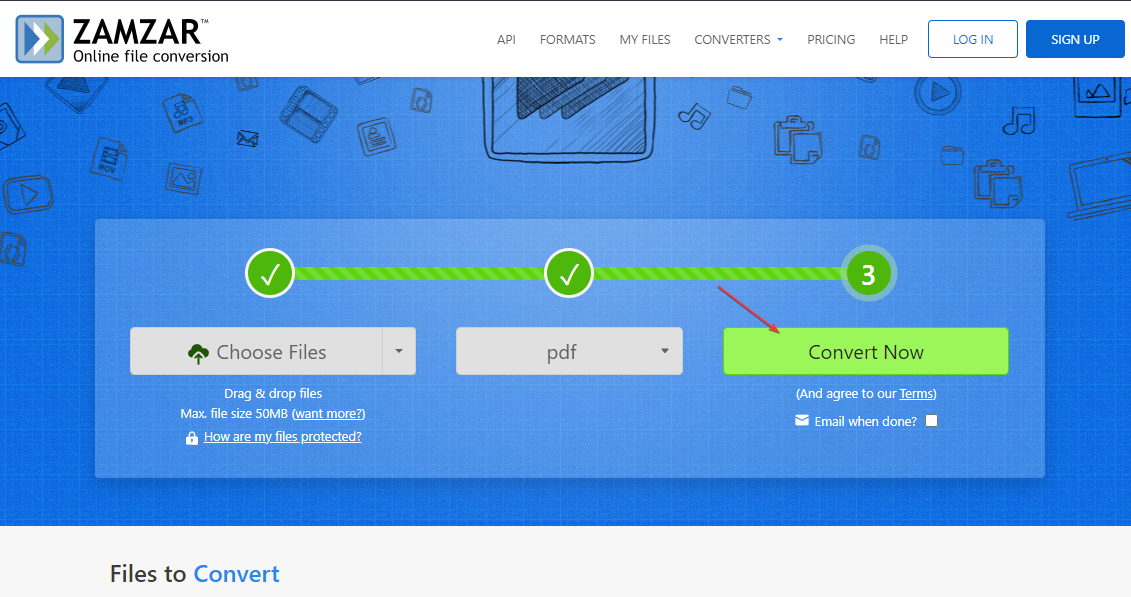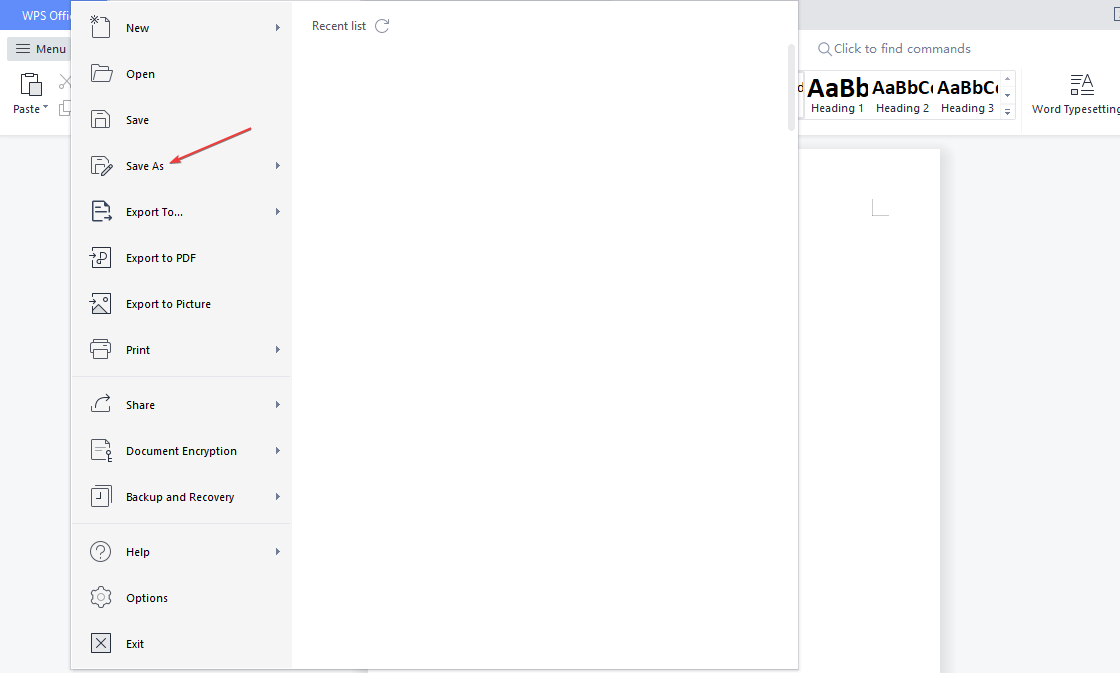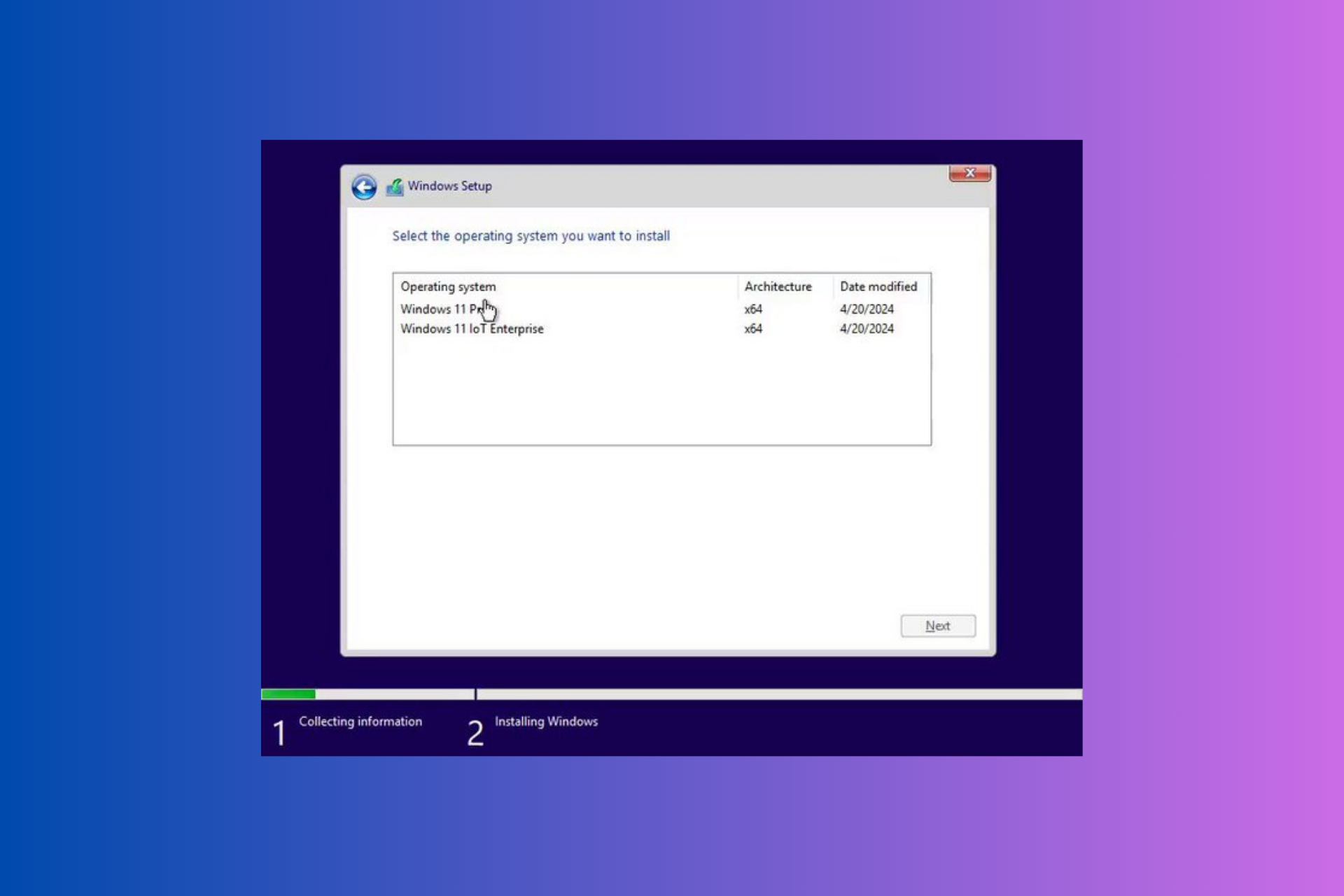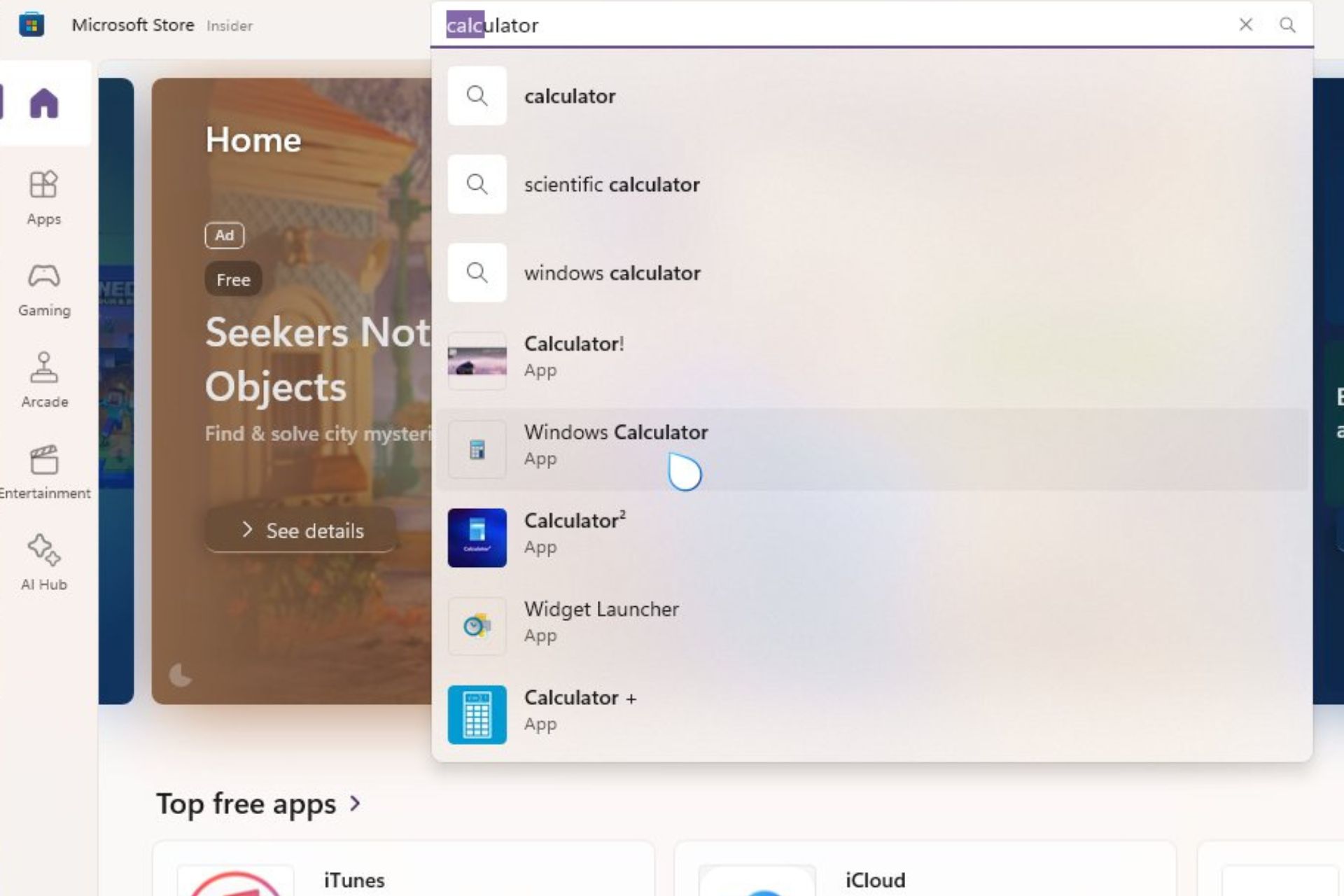3 Easiest Ways to Change File Type on Windows 11
Sometimes, you may need third-party sites to perform this action
4 min. read
Updated on
Read our disclosure page to find out how can you help Windows Report sustain the editorial team Read more
Key notes
- Ensuring compatibility with different software or devices is one of the primary reasons you need to change the file type.
- The Save As is one of the easiest means for users to change the file type.
- Another alternative to changing the format of your file is using online converters.

The operating system can identify and open any file using the file extension of the respective item. But, the file may sometimes not open if the format is incorrect.
So, you need to change the file type to make Windows open it with the appropriate app. In this article, we will provide you with all you need to know about how to change file types in Windows 11.
Why do I need to change file types on Windows 11?
You may need to change your file format type on a Windows 11 PC for several reasons. We have discussed some of those reasons, as seen below:
- Compatibility – Some applications or devices may require specific file types to function properly, and converting your files to these formats can help ensure seamless integration.
- Accessibility – Another possible reason for changing file types is that it improves accessibility for individuals with disabilities.
- File Size – Different file types have varying sizes, and you may need to change the file type to reduce the file size. Changing the file type can be helpful when sending large files over the internet or storing them on a device with limited storage capacity.
- Security purposes – Changing file types may also enhance security. For example, you may want to convert a file to a password-protected ZIP file to prevent unauthorized access or to encrypt a file to protect sensitive data.
- Editing – Some file types may not be editable in their original format. Hence, you may need to convert it to a format compatible with your preferred image editing software.
- Compression – In some cases, changing the file type can help compress the file without losing quality.
Now that you know some of the potential reasons why you may need help with changing your file format, let us proceed to how you can change the file types.
How can I change the file types on Windows 11?
1. Rename the file in File Explorer
- Press the Windows + E to open File Explorer.
- Click on the View tab in the top menu area. Then select Show, and click on File name extensions to check the box next to it.
- Now, right-click on the file and click Rename icon to change the file type.
- Next, change the file extension (everything after the last period) to the file type character that you want. Press Enter to save the changes.
Although this is a viable technique to change a file type, you can’t change a .doc file to a .wav file.
You can only change the file type by renaming the file if the two file types are associated or similar enough for the file to still open after renaming.
2. Use online converting tools
 NOTE
NOTE
- Go to an online converter website, such as Zamzar and click Choose files.
- Select the file that you want to convert and click Open.
- Choose the file type.
- Then, click on Convert Now.
- Once the file is converted, download it.
You can also check convertio.co, Ilovepdf.com, etc. All you need to do while on those sites is simply upload the file, select the new file type, and convert.
3. Using the Save As feature
- Open the Word file and click on the File menu on the ribbon.
- Then, select the Save As option from the left pane.
- Next, choose a location for the file to be saved.
- In the Save As window, you’ll see the box to change the file name and the Save As Type or Format option.
- Click on the drop-down button to view the available formats and select PDF (or anyone you prefer).
- Finally, click on Save.
This will immediately change the file format to your selected file type. You can also add tags to the file to differentiate it from the original one when searching for it.
And that’s it on how to change a file type on Windows 11. In case you have come across the PA file extension and want to know how to open it, read this guide.
If you have any questions or suggestions, please use the comments section below.



